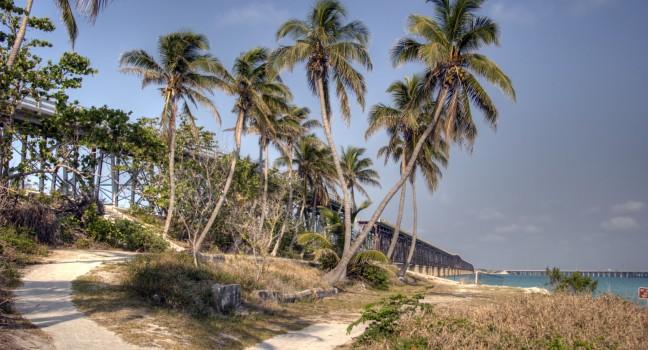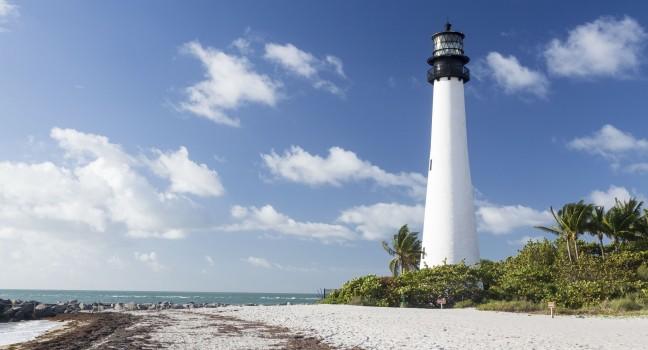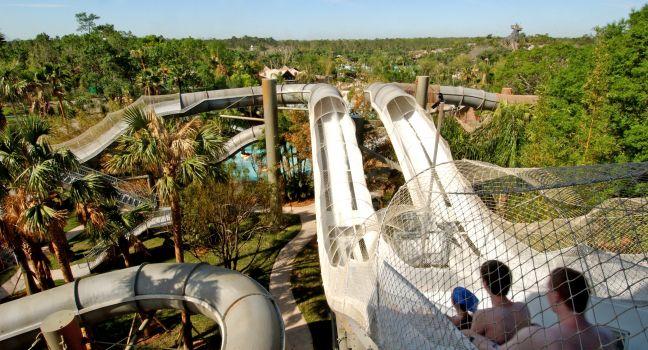Alfred B. Maclay Gardens State Park
From January to April (and especially in March), the grounds at this 1,200-acre estate, one of Florida's most stunning ornamental gardens, are abloom with azaleas, dogwood, magnolias, spring bulbs of tulips and irises, banana shrubs, honeysuckle, silverbell trees, pansies, and camellias. Wander along the brick path lined with oaks draped in moss to a reflecting pool and a tiny walled garden and around the lakes and woodlands. See if you can find the secret garden. Once the winter home of Alfred Maclay, a banker and financier from New York, the Maclay residence (open January through April) is furnished as it was in the 1920s. Picnic areas and a playground, as well as swimming, kayaking, and boating facilities on Lake Hall are open to the public. Outer portions of the park include 11 miles of trails used for walking, running, bicycling, and horseback riding.






